
African Caracal (scientific name: Caracal aurata, synonymous scientific name Profelis aurata) is called African Golden Cat in foreign language. It is a medium-sized wild cat with 2 subspecies.In Africa, African Caracal was once named African Golden Cat. They are considered "sons of leopards&quo...
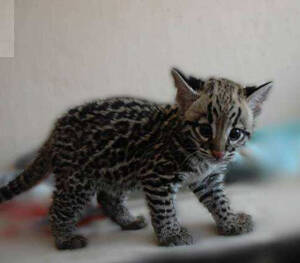
The Iriomote cat, scientific name Felis iriomotensis (P.b.iriomotensis), is a subspecies endemic to Okinawa, Japan. In the local dialect, the Iriomote cat is called "Yamamaya" (cat in the mountains), "Pingumaaya" (cat that escaped) and "Yamapicalaya", which shows that t...

Flat-headed Cat (scientific name: Prionailurus planiceps), also known as Flat-headed Cat, or simply Flat-headed Cat, is a small wild cat with no subspecies.Flat-headed ocelots appear at dusk and dawn, and hunt at night or dawn. They mainly prey on frogs, fish and crustaceans, and also catch rats and...
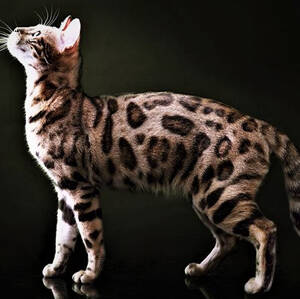
Rusty-spotted cat (scientific name: Prionailurus rubiginosus), also known as Rusty-spotted Cat, or simply Rusty-spotted cat, is a very small wild cat with two subspecies.Rusty-spotted cats are small, agile, and active. They are nocturnal animals. They mostly sleep in their dens during the day and co...

Sea Otter (scientific name: Enhydra lutris) is also known as Sea Otter in foreign languages. There are 3 subspecies.Sea otters are good at diving, often diving to 3-10 meters, and sometimes diving to 50 meters deep to find food. They rarely move on land and never go far from the coast. Compared with...

The Zaire small-clawed otter is also known as the Congo small-clawed otter (Aonyx capensis congica) and the Cameroon clawless otter. It is a subspecies of the African small-clawed otter. Its habits are unknown. They are threatened by habitat loss.Listed in Appendix I, Appendix II and Appendix III of...
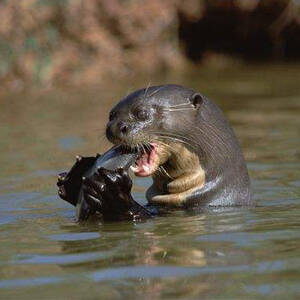
Giant Otter (scientific name: Pteronura brasiliensis) is also known as Giant Otter in English. There are 2 subspecies.Giant otters usually move in family units during the day, usually 5-9 individuals, and rarely move alone. They usually feed on larger fish, and also prey on snakes or small crocodile...

Peruvian Otter (scientific name: Lontra felina) is also known as chungungo and Marine Otter. There are no subspecies.When not breeding, Peruvian otters are mostly solitary animals. When found in groups, the group size rarely exceeds 2-3 individuals. Activity is usually diurnal, with peak activity oc...

Long-tailed Otter (Lontra longicaudis) They seem to prefer clear rivers and are less likely to be found downstream in turbid waters. They are solitary and feed mainly on fish and crustaceans. They are protected under Appendix I of the Convention on International Trade in Endangered Species of Wild F...

The Chilean otter (scientific name: Lontra provocax) is a semi-aquatic mammal.The Chilean otter is nocturnal and is good at swimming and diving. It can stay underwater for 2 minutes at a time. They catch fish as fast as a cat catching a mouse. Before catching, they often lie in wait on rocks by the...

North American River Otter (scientific name: Lontra canadensis) is also known as North American River Otter in foreign languages. There are 7 subspecies.North American River Otters generally live in pairs, and sometimes form family units. It is a highly active animal. As long as it is not sleeping,...

Honey badger (scientific name: Mellivora capensis) English Honey Badger, Ratel, French Blaireau à miel, Ratel, German Honigdachs, there are 12 subspecies.In the southern region of the Kalahari Basin, adult male honey badgers have an average home range of 541 square kilometers, while adult female ho...
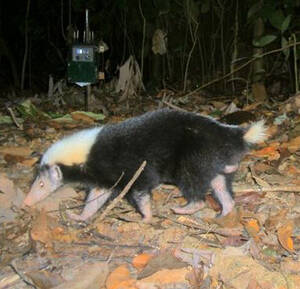
The Sunda stink badger (Mydaus javanensis), also known as the Indonesian stink badger, lives on the islands of Borneo, Java, and Sumatra. It is a carnivore.The Sunda stink badger is an animal that humans should avoid: like its close relative the skunk, the Sunda stink badger will spray a foul-smelli...
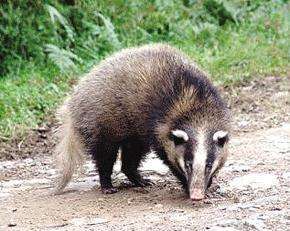
Hog Badger (scientific name: Arctonyx collaris) is also known as Hog-Badger in English. There are 6 subspecies.Hog Badger likes to live in caves, digging caves in barren hills, roadsides, ridges, etc., and also invading the caves of other animals. The structure of the cave is relatively simple, with...
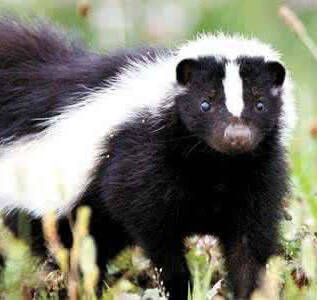
The white-necked weasel (scientific name Poecilogale albinucha) is a small carnivore. It is smaller than the honey badger. The important thing is that it has a white neck, which is very similar to the "white hair" of the honey badger. In addition, the back of the white-necked weasel is als...
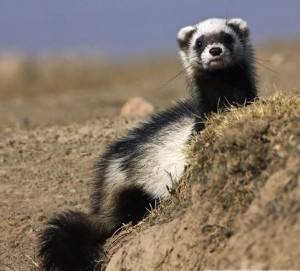
The African sagebrush (scientific name Ictonyx striatus), also known as zorille, usually lives alone and hunts at night. The African sagebrush is an aggressive and territorial animal. It usually marks its territory with feces and anal scent gland spray. The spray released by the odor glands can cove...
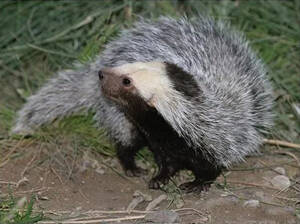
The grassland weasel (scientific name Lyncodonpatagonicus), also known as the Patagonian weasel, is a genus of the Mustelidae family in the order Carnivora, living on the Pampas in South America. Its specific habits are unknown.Local ranchers keep prairie ferrets as working pets (similar to cats and...
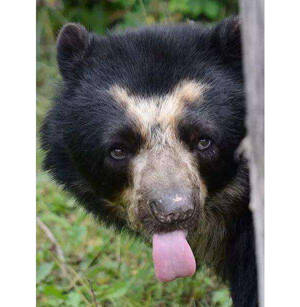
Spectacled bear (scientific name: Tremarctos ornatus) is also known as Andean Bear. It is the only bear species in South America and has no subspecies.Spectacled bears migrate by movement, with a range of 7-27 square kilometers. These bears are unlikely to be highly territorial, as they have been ob...
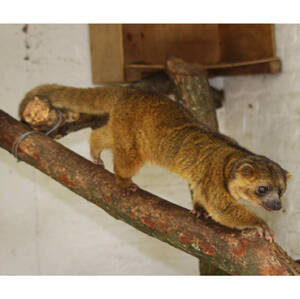
Bassaricyon gabbii is the first dog raccoon discovered.Bassaricyon gabbii feeds on a variety of fruits, vegetables, fish, frogs, mice, birds and insects. They curl up in their dens during the day and come out to look for food at night. They like to hunt fish, shrimps and insects near the water in st...

Kinkajou (Latin name: Potos flavus, English name: Kinkajou) is a species of raccoon that lives in the rainforest. It is the only species in the genus Kinkajou and has 7 subspecies.Honey bears are nocturnal, arboreal animals that are most active from 7pm to midnight and an hour before dawn. They slee...